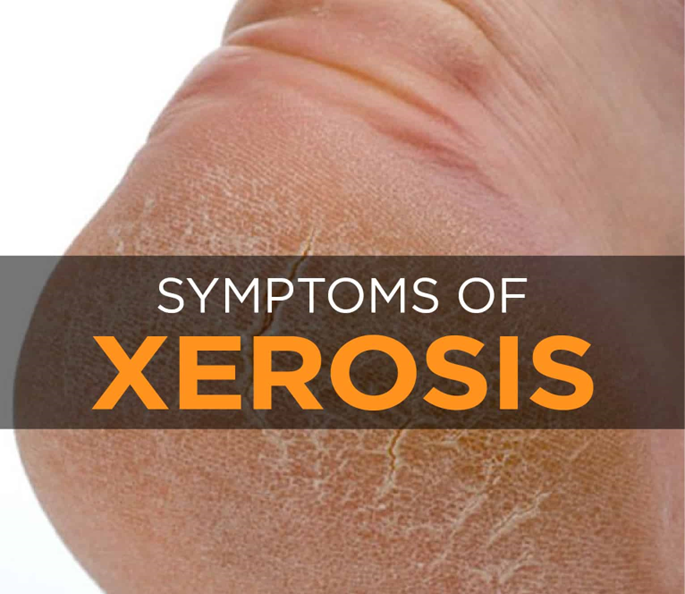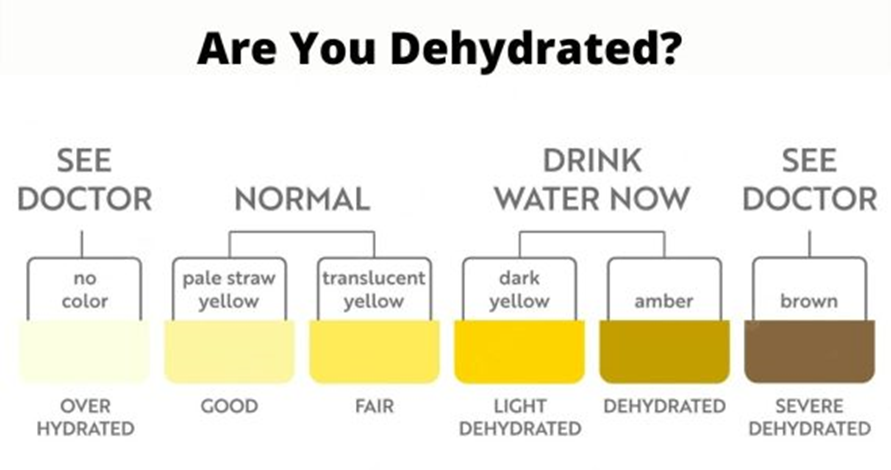Which of the following is a true statement about skin care for older adults?
A licensed practical nurse is qualified to care for the feet of a client with diabetes
Onychomycosis is quickly eradicated with antifungal creams or powders
Maintaining oral hydration may reduce the incidence of xerosis
Ram’s-horn nail should be cut to give a smooth, rounded edge
The Correct Answer is C
Choice A reason: A licensed practical nurse is qualified to care for the feet of a client with diabetes is false because foot care for people with diabetes requires specialized training and skills that are beyond the scope of practice of a licensed practical nurse. A registered nurse or a podiatrist should provide foot care for people with diabetes, as they can assess, treat, and prevent foot problems such as ulcers, infections, or nerve damage.
Choice B reason: Onychomycosis is quickly eradicated with antifungal creams or powders is false because onychomycosis, or fungal nail infection, is a stubborn and persistent condition that can take months or years to clear. Antifungal creams or powders are usually not effective for onychomycosis, as they cannot penetrate the nail plate. Oral antifungal medication or laser therapy may be needed to treat onychomycosis.
Choice C reason: Maintaining oral hydration may reduce the incidence of xerosis is true because xerosis, or dry skin, is a common problem for older adults, as their skin produces less oil and moisture. Drinking enough fluids can help hydrate the skin and prevent dryness, itching, cracking, or infection. The recommended fluid intake for older adults is 2400 mL/day, according to the National Council on Aging.
Choice D reason: Ram’s-horn nail should be cut to give a smooth, rounded edge is false because ram’s-horn nail, or onychogryphosis, is a condition where the nail becomes thickened, curved, and distorted. Cutting the nail can be difficult and painful, and may cause bleeding or infection. A podiatrist should trim and file the nail, and treat any underlying causes of the condition.

Nursing Test Bank
Naxlex Comprehensive Predictor Exams
Related Questions
Correct Answer is D
Explanation
Choice A reason: Evaluating the medication list is a possible step that the nurse can take, as some medications can affect urine concentration or cause dehydration. However, it is not the first step that the nurse should implement, as it does not address the immediate problem of fluid balance.
Choice B reason: Reviewing laboratory reports is another possible step that the nurse can take, as some laboratory tests can indicate the level of hydration or kidney function of the patient. However, it is not the first step that the nurse should implement, as it does not provide a direct assessment of fluid status.
Choice C reason: Increasing oral fluid intake is a potential intervention that the nurse can suggest, as it can help to dilute the urine and prevent dehydration. However, it is not the first step that the nurse should implement, as it may not be appropriate for some patients who have fluid restrictions or other medical conditions.
Choice D reason: Determining fluid volume status is the first step that the nurse should implement, as it can help to identify the cause and severity of urine concentration and guide further actions. The nurse can assess the patient's fluid intake and output, weight, blood pressure, pulse, skin turgor, mucous membranes, and urine specific gravity to determine fluid volume status.

Correct Answer is D
Explanation
Choice A reason: Older adult’s self-report is not the most helpful tool, as it may not be reliable or consistent in older adults, especially if they have cognitive impairment, communication difficulties, or cultural barriers. Older adults may also underreport or overreport their pain due to fear, stoicism, or expectations.
Choice B reason: FPS-R (Faces Pain Scale-Revised) is not the most helpful tool, as it may not be suitable or valid for older adults, especially if they have visual impairment, facial paralysis, or dementia. FPS-R is a pictorial scale that uses six facial expressions to represent different levels of pain intensity, from 0 (no pain) to 10 (very much pain).
Choice C reason: Pain medication frequency is not the most helpful tool, as it may not reflect the actual pain level or the effectiveness of the pharmacotherapy. Pain medication frequency may vary depending on the type, dose, route, and duration of the medication, as well as the individual response and tolerance of the older adult.
Choice D reason: Older adult's pain diary is the most helpful tool, as it can provide a comprehensive and longitudinal record of the pain experience, including the location, intensity, quality, frequency, duration, triggers, relievers, and impact of the pain. A pain diary can also help track the use and response of the comfort measures, activity, and pharmacotherapy, and identify the patterns and trends of the pain.
Choice E reason: None of the above is not the correct answer, as there is one choice that is the most helpful tool for the nurse to use.
Whether you are a student looking to ace your exams or a practicing nurse seeking to enhance your expertise , our nursing education contents will empower you with the confidence and competence to make a difference in the lives of patients and become a respected leader in the healthcare field.
Visit Naxlex, invest in your future and unlock endless possibilities with our unparalleled nursing education contents today
Report Wrong Answer on the Current Question
Do you disagree with the answer? If yes, what is your expected answer? Explain.
Kindly be descriptive with the issue you are facing.
